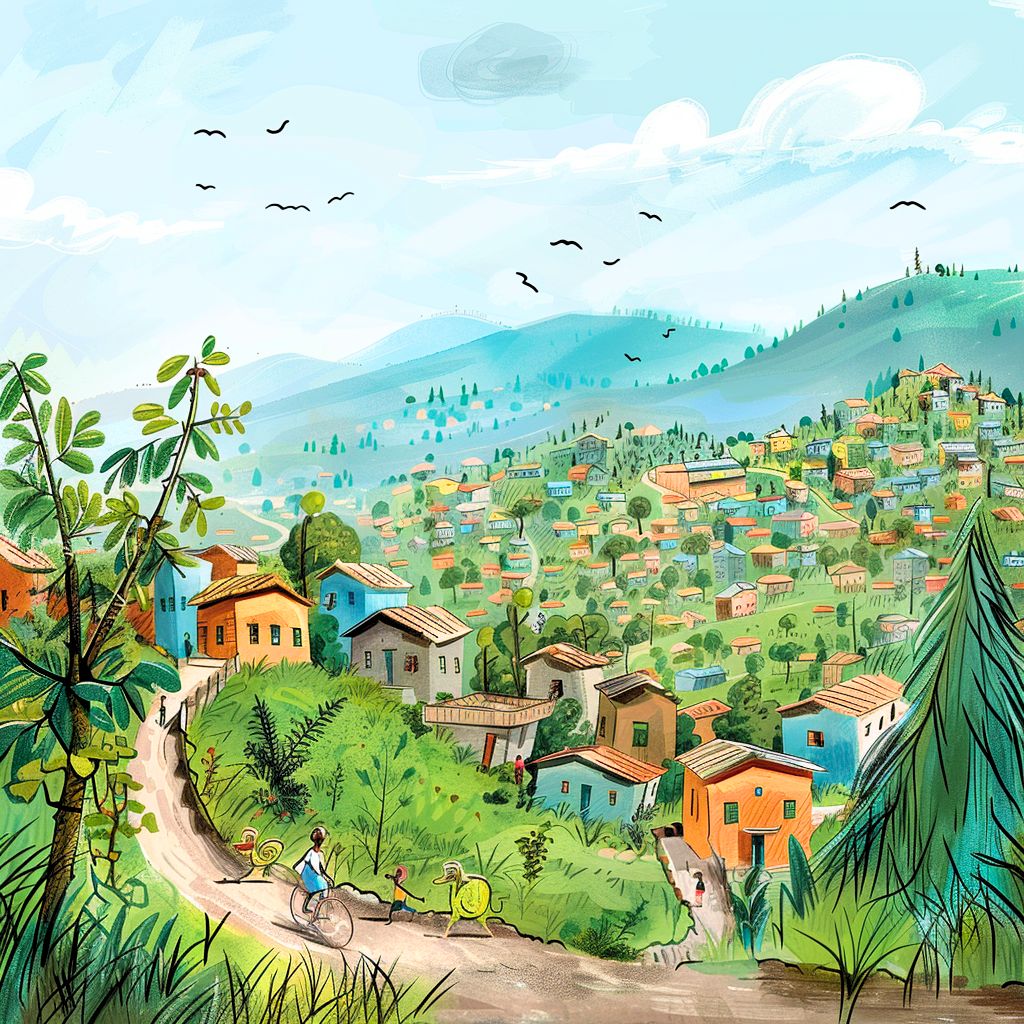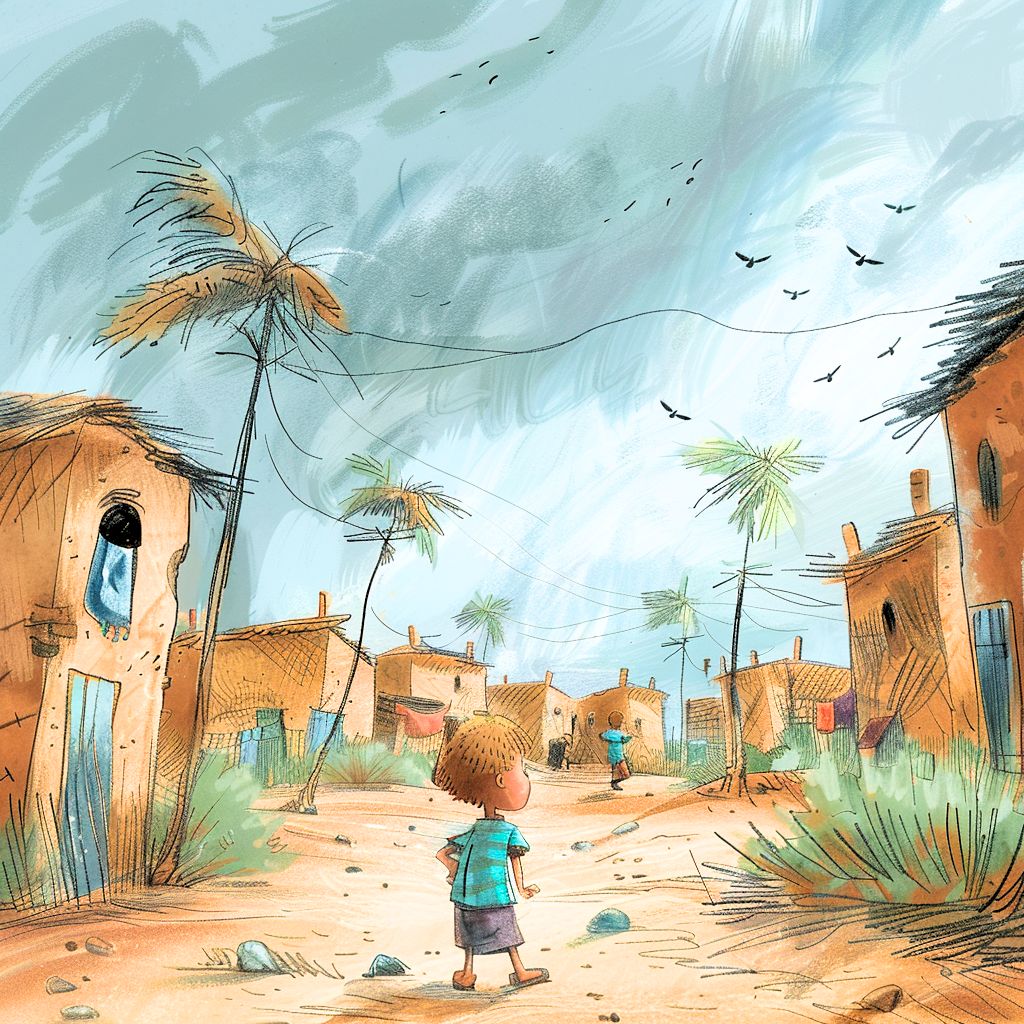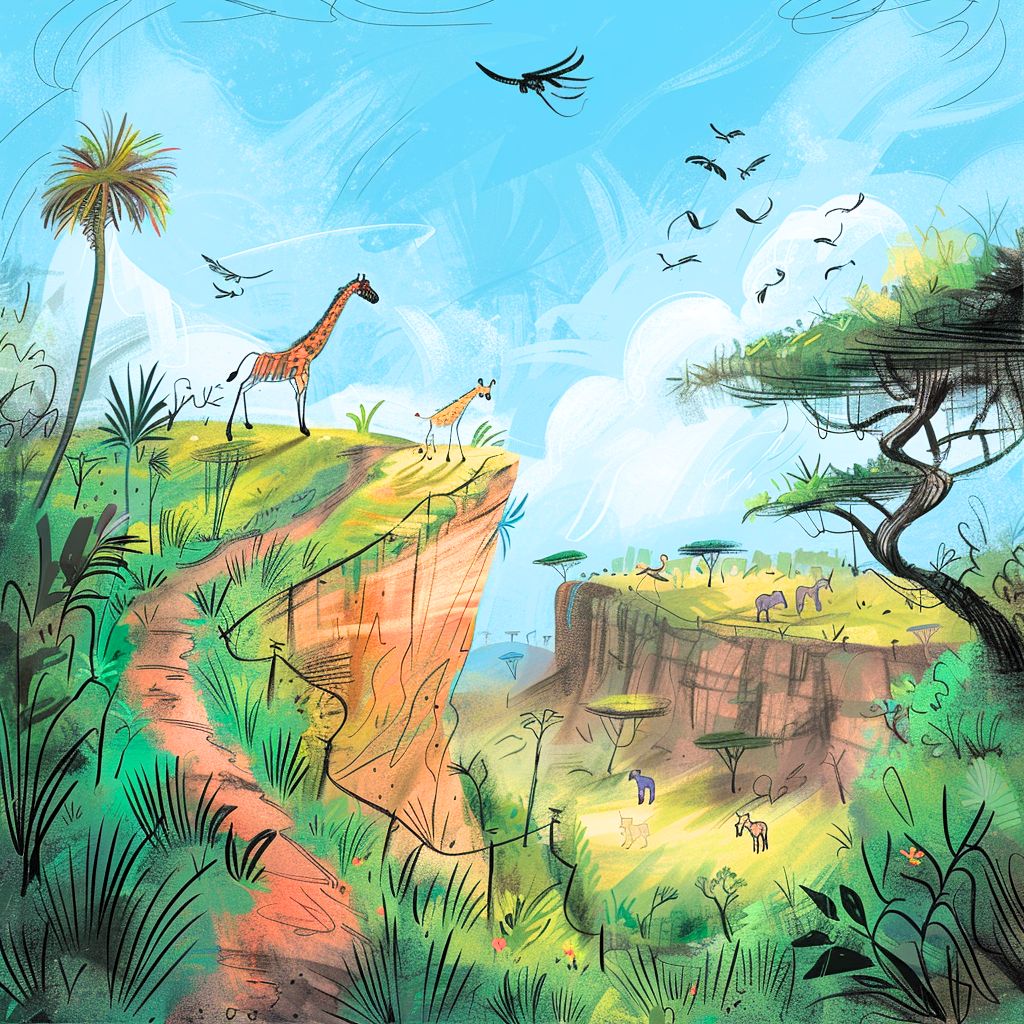This dialect isn’t just about words; it’s about identity and heritage, showcasing the rich cultural diversity of the Mexican American community. It’s a living testament to the resilience and creativity of its speakers, capturing their experiences and history.aWho knew that some countries have so many official languages that they need a cheat sheet just to keep track? It’s like they’re collecting languages like Pokémon! Peek into wonderful world of linguistic diversity and check out seven countries with the most official languages.
7. Singapore
Singapore, a small yet mighty nation, keeps things multilingual with four official languages: English, Malay, Mandarin Chinese, and Tamil. This linguistic quartet reflects Singapore’s diverse population and its strategic location as a global trade hub. English is the main language of administration and business, Malay is the national language, Mandarin Chinese caters to the large Chinese community, and Tamil represents the Indian community. It’s like Singapore has its own linguistic symphony, playing harmoniously on the world stage.
In Singapore, you can hear a delightful mix of languages on any given day, from the bustling hawker centers to the serene temples. The government has embraced this diversity, promoting bilingual education and ensuring that all official communications are available in these four languages. It’s a testament to how a small country can celebrate and thrive on its cultural richness. Plus, switching between languages here is as smooth as a well-practiced dance routine – impressive and seamless!
6. Switzerland
Switzerland might be famous for its chocolate and cheese, but did you know it also juggles four official languages? German, French, Italian, and Romansh each have their own corners of the country. It’s like a linguistic fondue, where every region gets its own flavorful contribution. In this alpine paradise, you could cross a few mountains and suddenly need to switch from German to French – talk about a multilingual workout!
The Swiss have mastered the art of linguistic coexistence, with each language enjoying equal status in its respective region. German is the most widely spoken, especially in the central and eastern parts, while French is prevalent in the west.
Italian is spoken in the charming southern region of Ticino, and Romansh, although less common, holds a special place in the southeastern canton of Graubünden. This multilingual setup enriches Swiss culture and fosters a sense of unity and respect among its diverse population.
If you would like to learn more about the official languages of Switzerland, please have a look at our article: What’s Spoken in Switzerland? – Beyond Chocolate and Cheese
5. Rwanda
Rwanda keeps it simple yet diverse with four official languages: Kinyarwanda, French, English, and Swahili. It’s like they found the perfect balance between tradition and modernity. Kinyarwanda is the heart and soul of the country, while French and English reflect its colonial past and global aspirations. And Swahili? That’s just the cherry on top, connecting Rwanda to East Africa’s bustling trade network.
In Rwanda, language is a bridge connecting its people to their rich heritage and the wider world. Kinyarwanda is spoken by virtually the entire population, serving as a unifying thread. French and English, introduced during different colonial periods, have become important in education and international relations. The recent addition of Swahili as an official language highlights Rwanda’s growing ties with its East African neighbors. This linguistic blend is like a carefully curated playlist that resonates with history, identity, and future aspirations.
4. South Africa
South Africa doesn’t just have a rainbow in its nickname; it’s got one in its languages too, with 11 official ones. You’ve got Afrikaans, English, Zulu, Xhosa, and seven more. South Africa’s linguistic landscape is as diverse as its people, making it a true melting pot of cultures and dialects. It’s like a linguistic buffet where everyone gets their favorite dish.
The South African constitution recognizes this diversity, ensuring that each language is respected and promoted. English is widely used in business and government, but millions speak indigenous languages like Zulu and Xhosa, which are integral to daily life.
Afrikaans, a language with Dutch roots, adds another layer to this rich blend. With so many languages, South Africa exemplifies how a nation can embrace its multifaceted identity, promoting inclusivity and cultural pride. It’s like attending a cultural festival where every booth offers a new linguistic adventure.
3. Mali
Not to be outdone, Mali joins the party with 13 official languages. Imagine trying to learn 13 different ways to say “hello”! French might be the official language of business, but Bambara, Fulfulde, and other local languages are just as important in daily life. It’s like Mali embraced its linguistic heritage with open arms – and a really big dictionary.
Language is a vibrant part of Mali’s cultural heritage. French serves as the lingua franca, but the local languages are the nation’s heartbeat. Bambara is the most widely spoken, used by over half the population, while other languages like Soninke, Songhai, and Tamasheq add to the country’s rich linguistic mosaic. This diversity is celebrated through music, storytelling, and daily interactions, making Mali a place where linguistic traditions are cherished and kept alive.
2. Zimbabwe
Zimbabwe’s constitution recognizes 16 official languages. It’s like they threw a party and invited every language they could find! Zimbabwe’s linguistic lineup is a vibrant mix from Chewa to Xhosa, and everything in between. The best part? The country’s constitution actually recognizes all these languages, showing that Zimbabwe is serious about keeping its cultural heritage rich and colorful.
In Zimbabwe, language is a key component of national identity. Shona and Ndebele are the most widely spoken, but languages like Tonga, Kalanga, and Sotho play crucial roles in different regions. This multilingual approach is reflected in education and media, ensuring every linguistic group has a voice. It’s like a living, breathing celebration of diversity, where every language contributes to the nation’s collective story.
1. Bolivia
Bolivia is the undisputed heavyweight champion in the language department, boasting a jaw-dropping 37 official languages. Yep, you read that right – thirty-seven! It’s like they’re trying to set a world record or something. Spanish, Quechua, Aymara, and Guarani are just the tip of the iceberg. Bolivia’s linguistic extravaganza includes a host of indigenous languages, such as Chiquitano, Mojeño-Trinitario, and Uru-Chipaya. They’ve taken “diversity” to a whole new level, making sure every indigenous group gets a voice (and a language).
In Bolivia, language is a powerful symbol of identity and heritage. The country’s constitution enshrines the recognition and promotion of these languages, ensuring that indigenous cultures are preserved and celebrated.
This remarkable linguistic diversity is reflected in education, media, and daily life, making Bolivia a true mosaic of voices. It’s like Bolivia decided to throw the ultimate linguistic festival, where everyone’s invited and every language gets its moment in the spotlight.
So there you have it – seven countries that have turned multilingualism into an art form. Whether it’s four or thirty-seven, these nations show us that language is more than just a means of communication; It’s a vibrant mix that brings together history, culture, and identity.

Hey fellow Linguaholics! It’s me, Marcel. I am the proud owner of linguaholic.com. Languages have always been my passion and I have studied Linguistics, Computational Linguistics and Sinology at the University of Zurich. It is my utmost pleasure to share with all of you guys what I know about languages and linguistics in general.







